Case Study Analysis: Design Philosophy and Architectural Features
VerifiedAdded on 2023/04/20
|22
|1829
|495
Case Study
AI Summary
This case study assignment delves into the architectural designs of buildings such as the Chau Chak Wing Building, Science Building UTS, Swanston Building, and Melbourne School of Design, exploring the design philosophy, theoretical background, and main architectural features and elements. It analyzes the initial sketches to understand the creative ideas behind each project and the connection the architect created between their vision and the final structure. The study covers aspects like context, structural details, spatial connectivity, utility, and user behavior, emphasizing innovative design concepts, the use of materials, and the integration of sustainable practices. The analysis highlights how architects use design as a visual language and how these designs reflect cultural practices and community needs, aiming for uniformity and sustainable design. The study concludes that good design doesn't need to be expensive. Desklib provides resources to help students with similar assignments.
1 out of 22

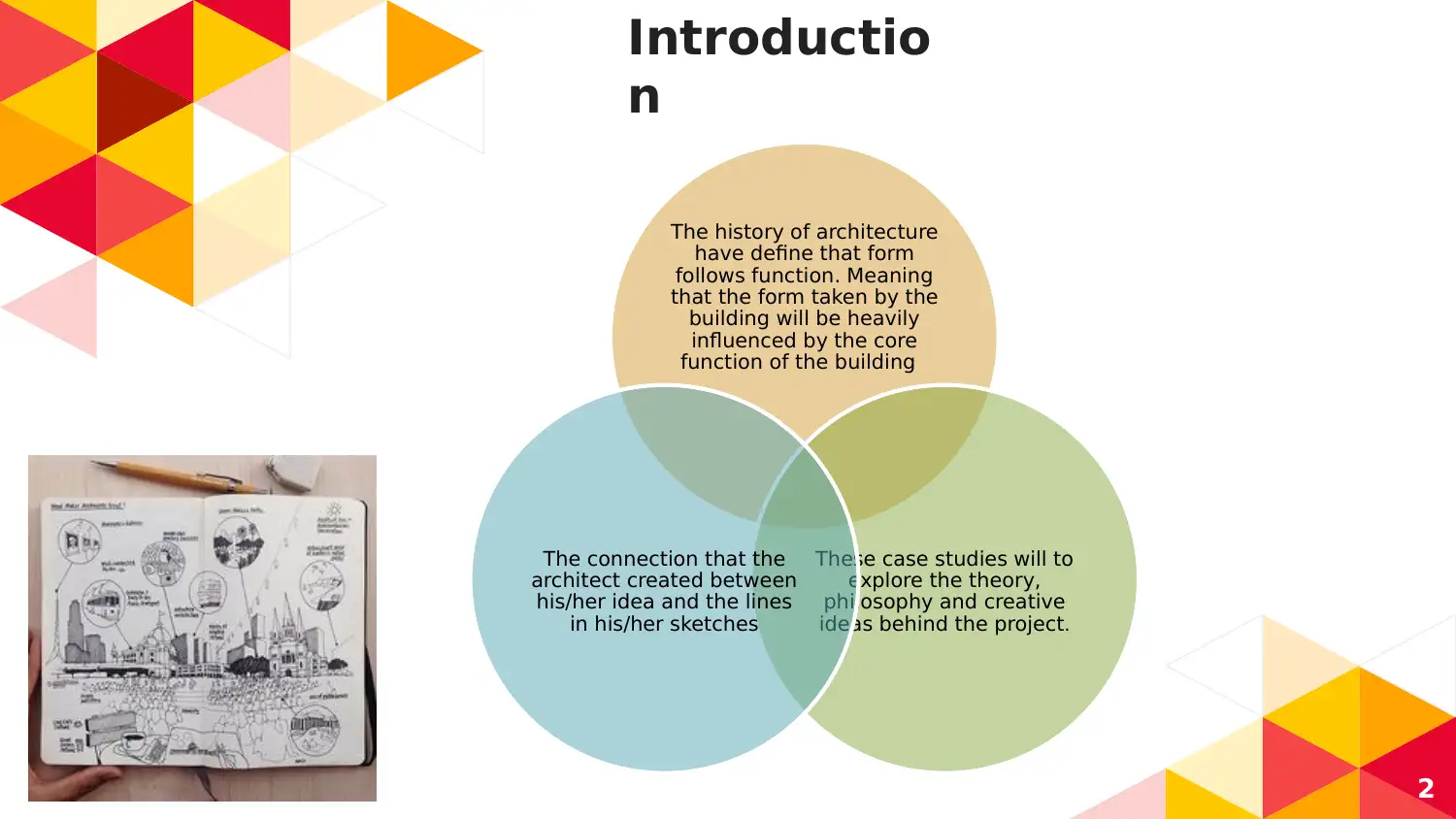
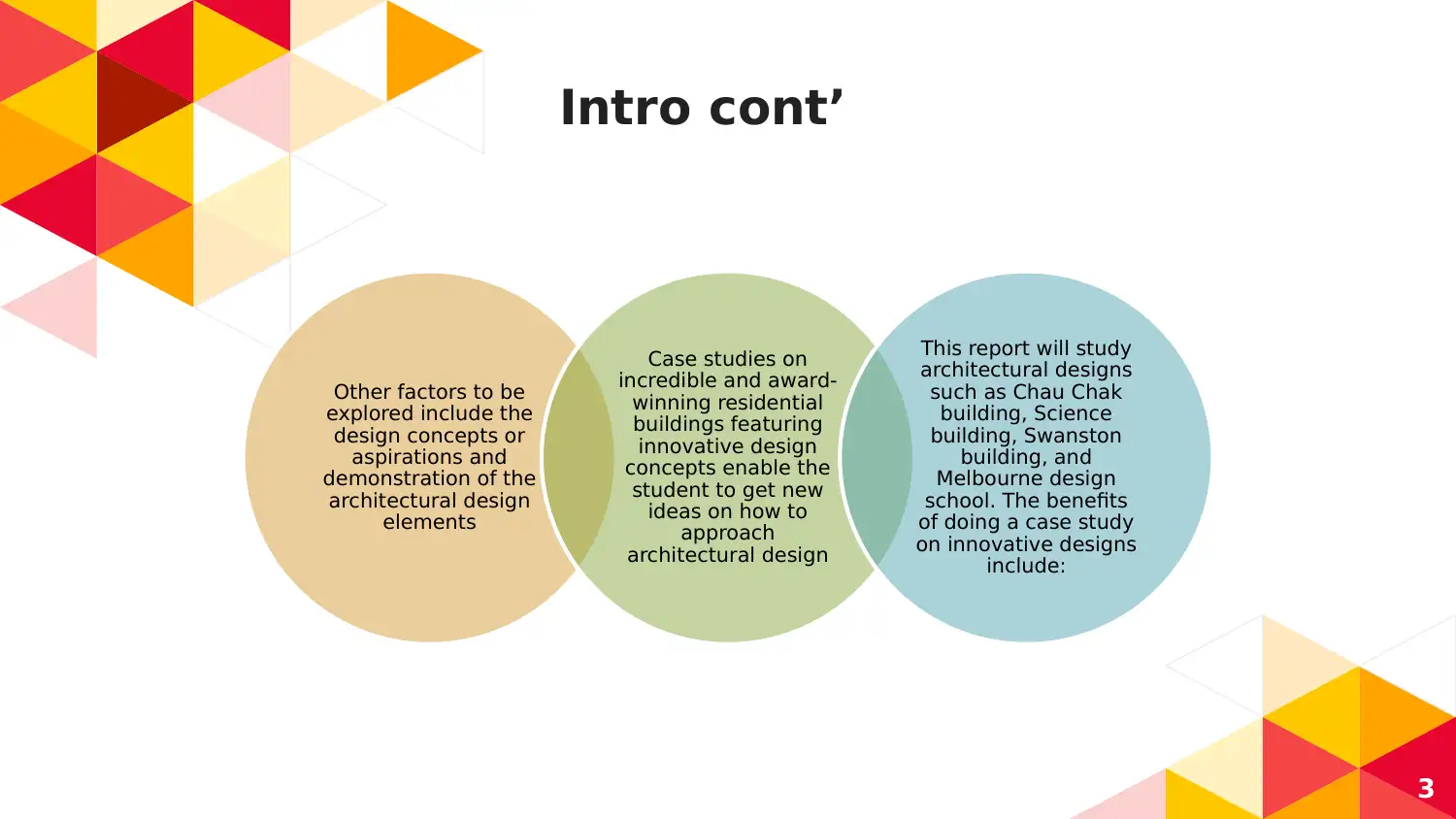

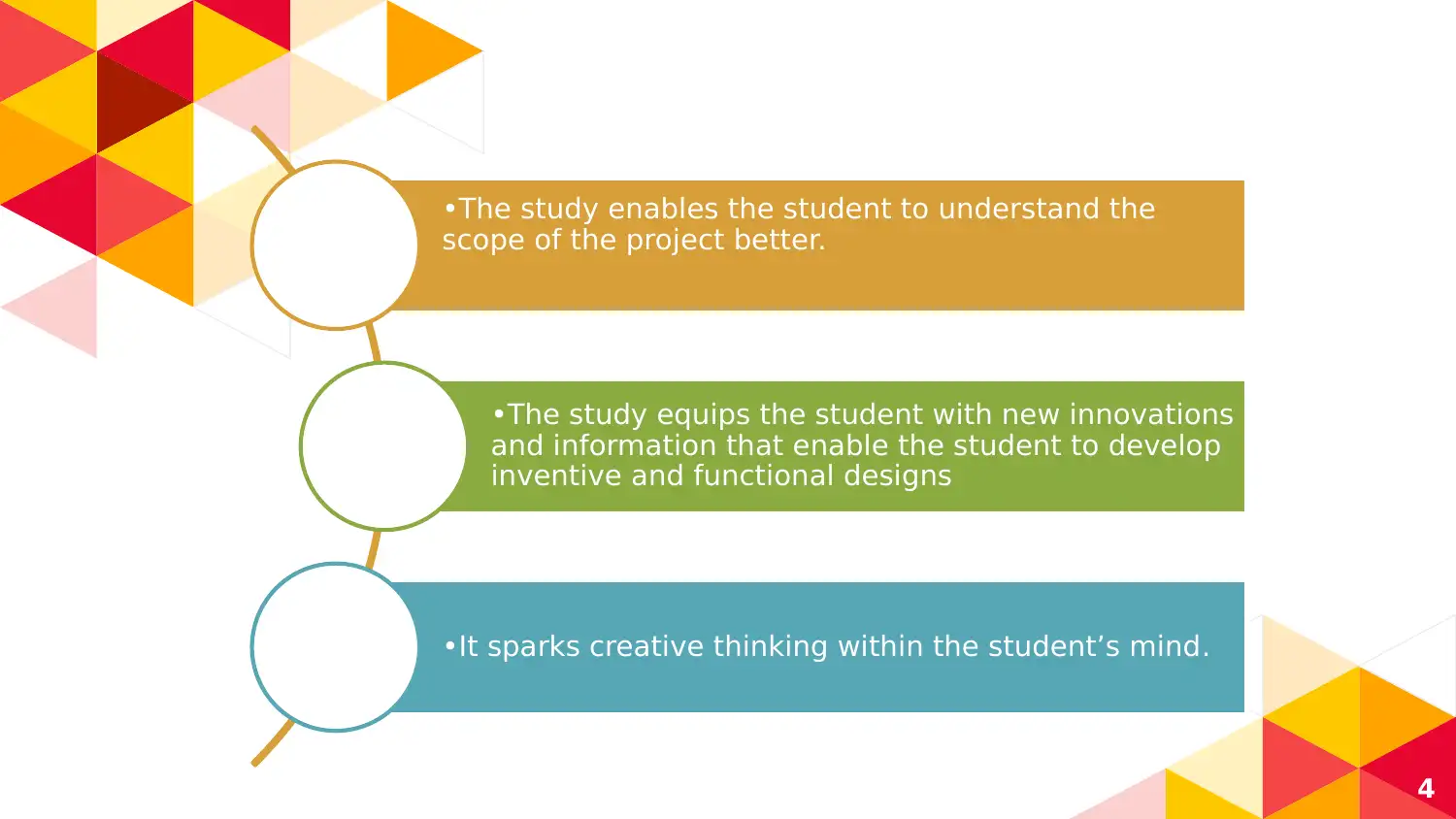
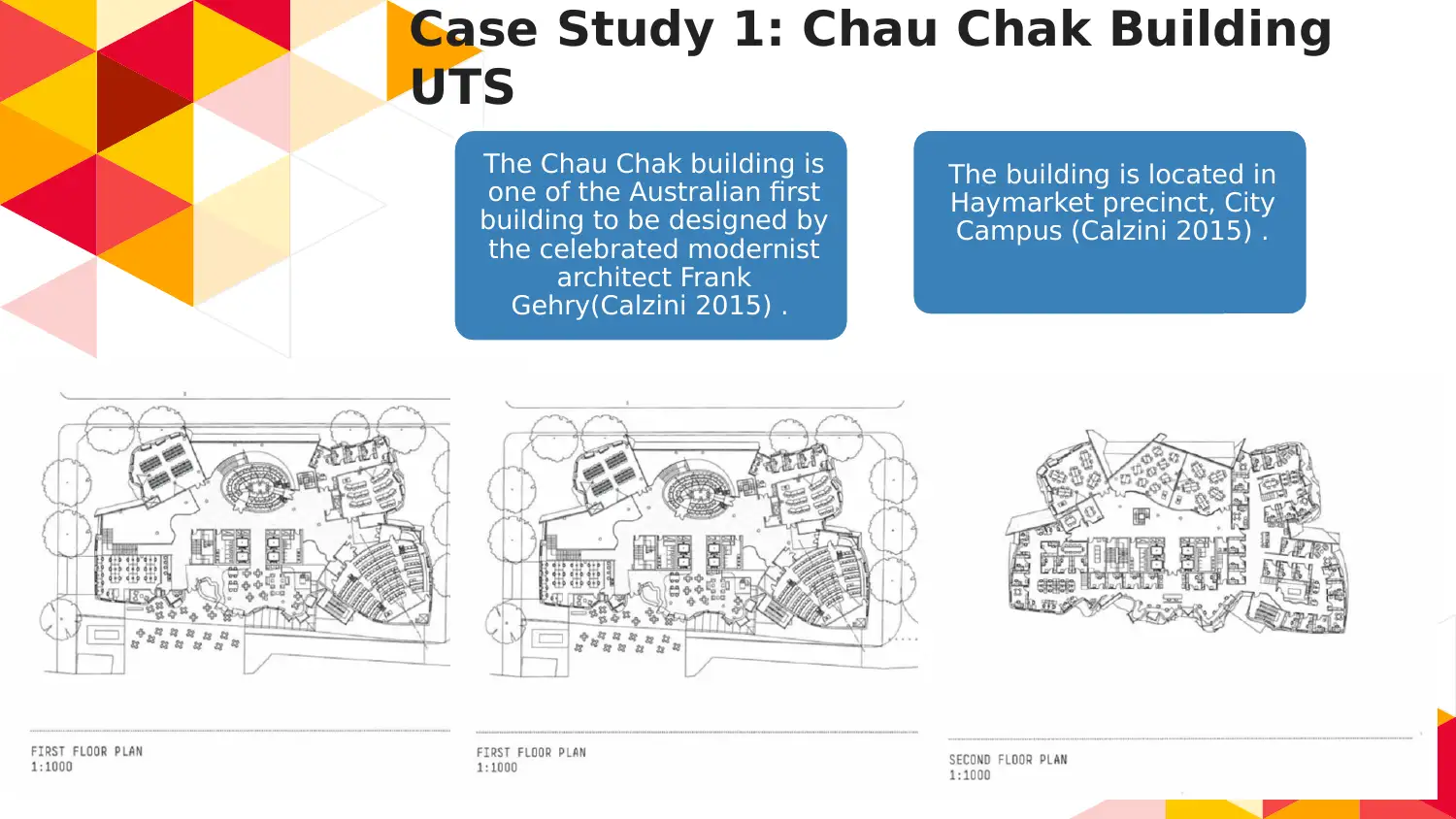
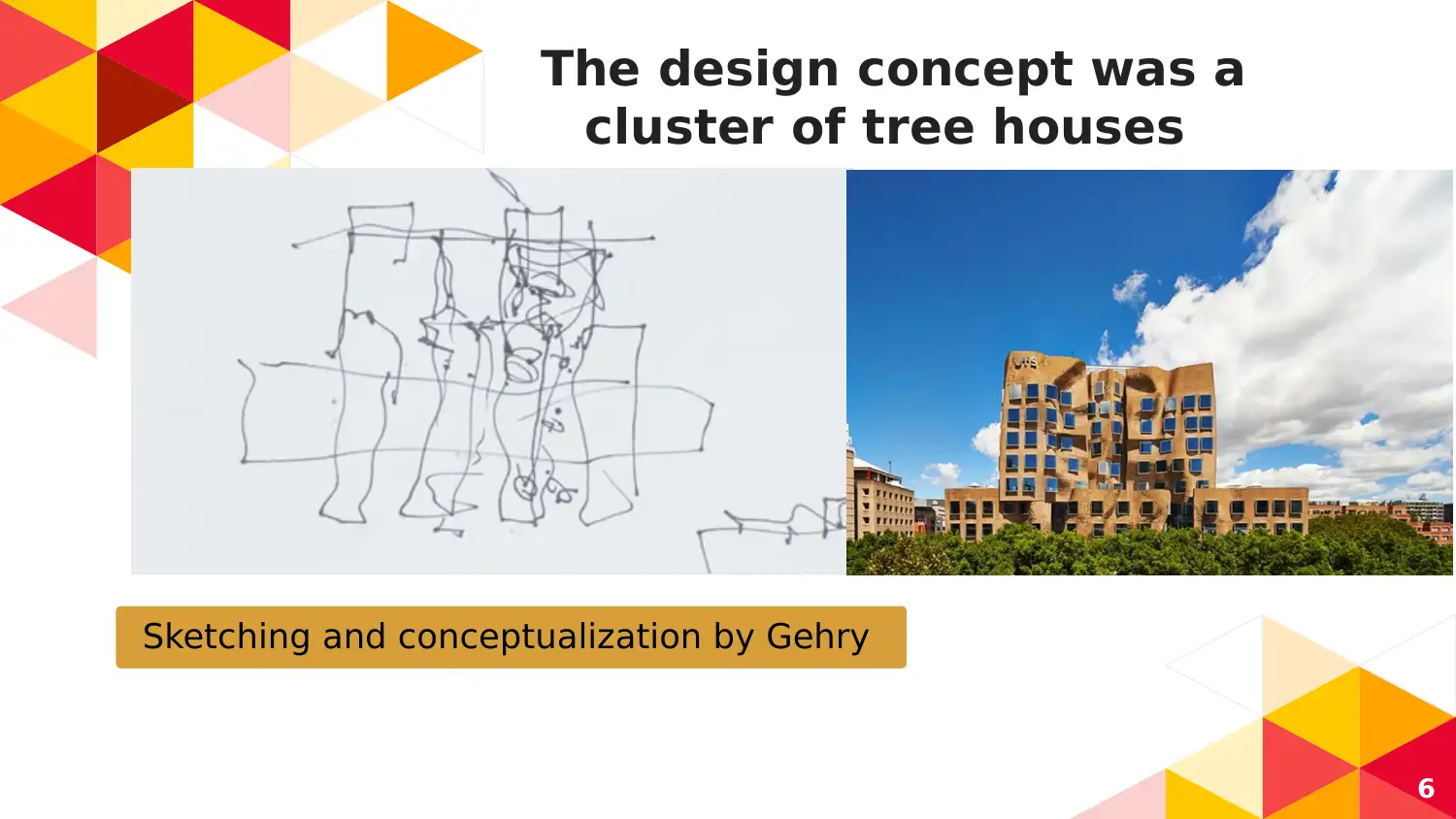

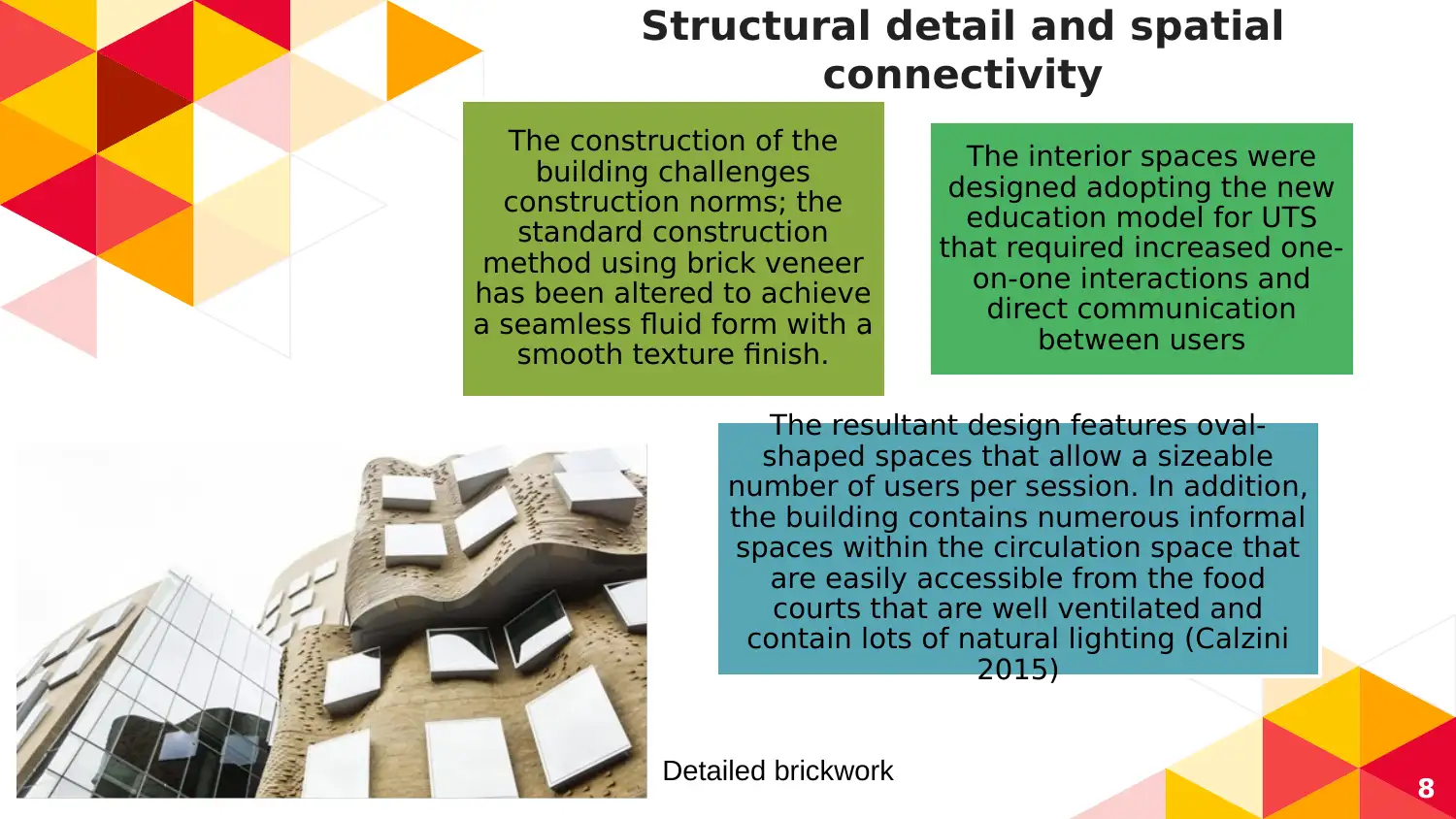
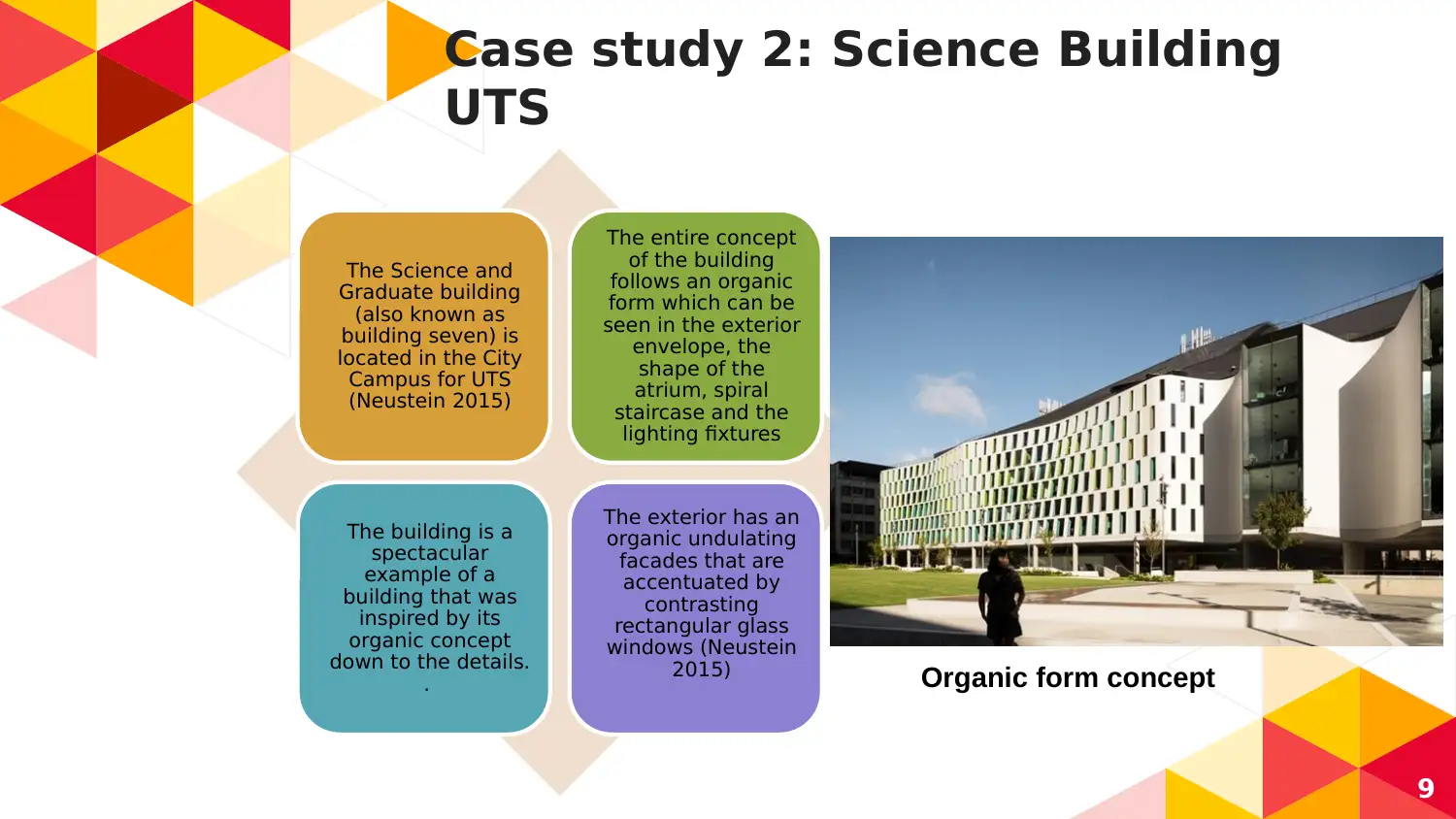
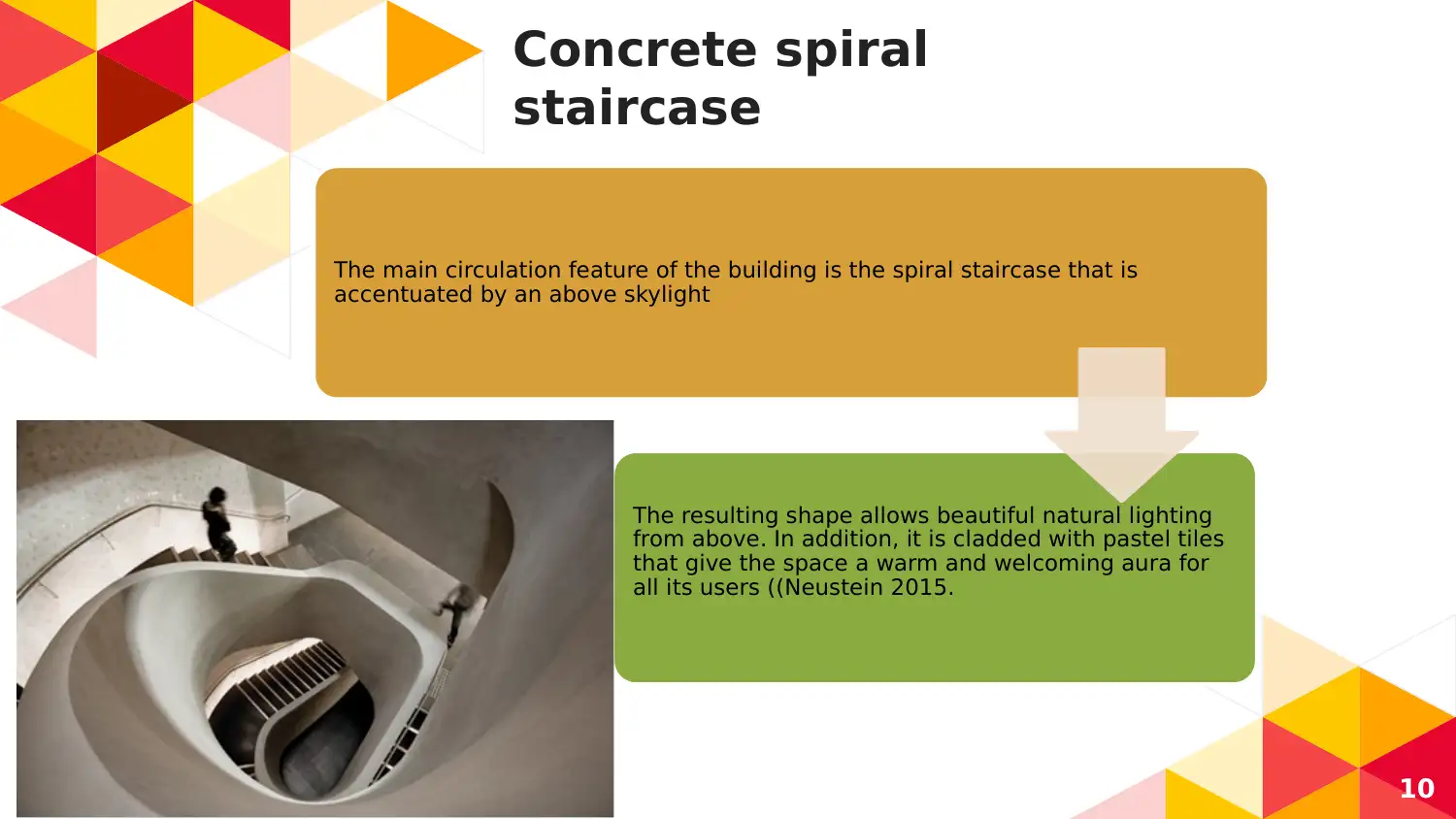
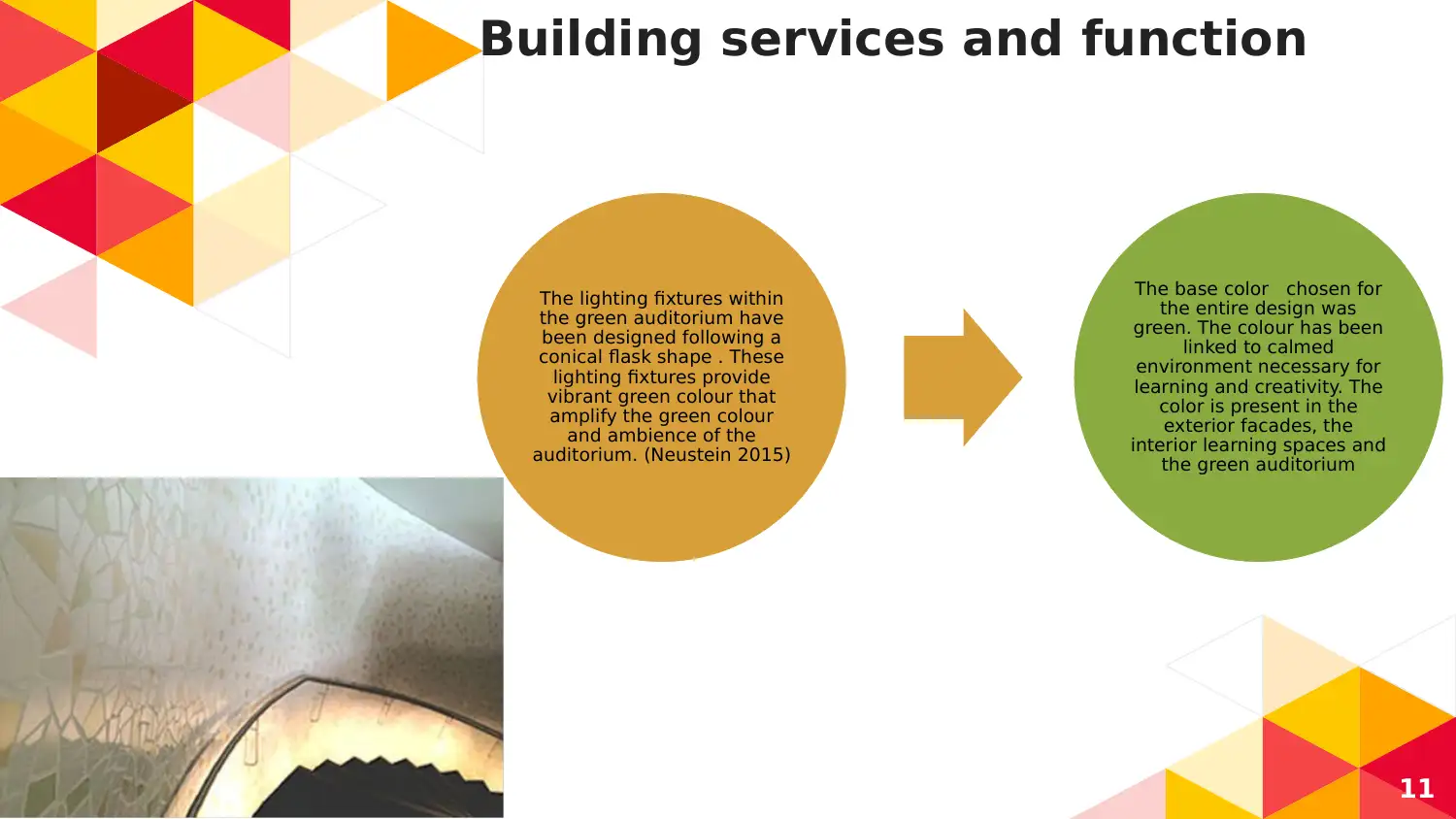
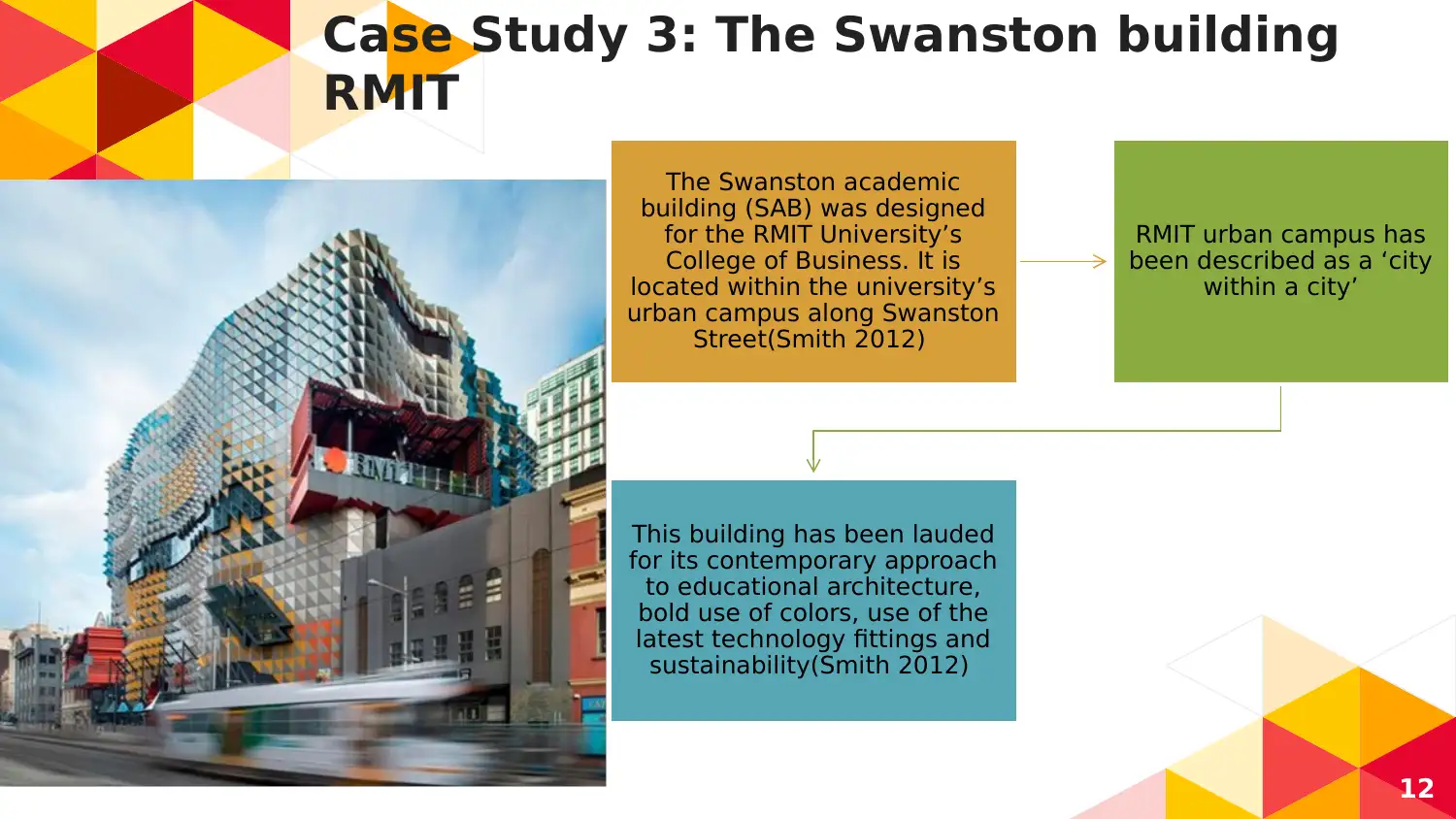


![[object Object]](/_next/static/media/star-bottom.7253800d.svg)